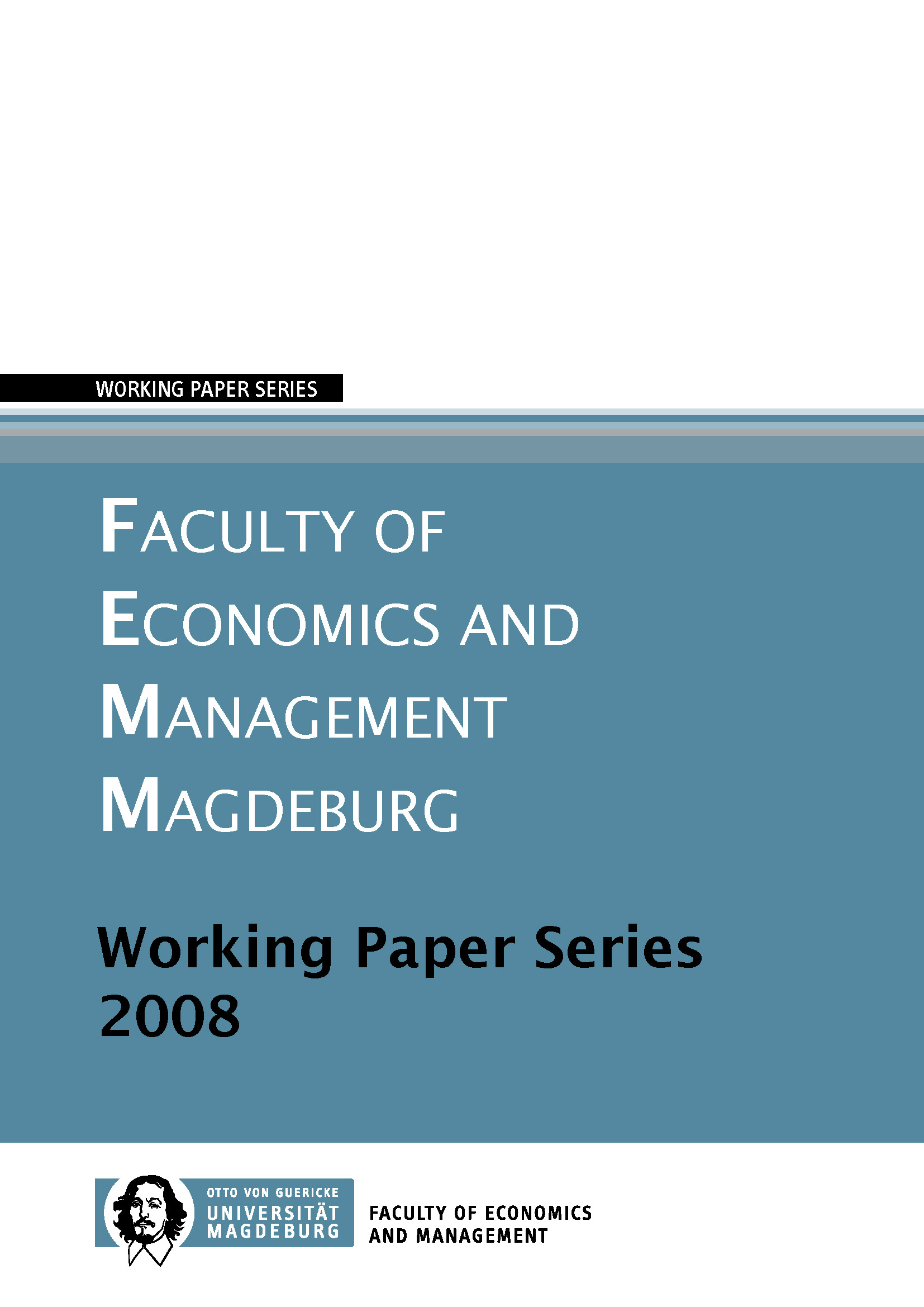Borrowing Constraints, Entrepreneurial Risks, and the Wealth Distribution in a Heterogeneous Agent Model
DOI:
https://doi.org/10.24352/UB.OVGU-2018-349Schlagworte:
DSGE model, wealth distribution, occupational choice, borrowing constraintsAbstract
This paper deals with credit market imperfections and idiosyncratic risks in a two-sector heterogeneous agent dynamic general equilibrium model of occupational choice. We focus especially on the effects of tightening financial constraints on macroeconomic performance, entrepreneurial risk-taking, and social mobility. Contrary to many models in the literature, our comparative static results cover the entire range of borrowing constraints, from complete markets to a perfectly constrained economy. In our baseline model, we find substantial gains in output, welfare, and wealth equality associated with relaxing the constraints, but argue that it might also prove worthwhile to examine the marginal gains from credit market improvements. Interestingly, the amount of entrepreneurial activity and social mobility increases if borrowing constraints become more tight. These results can be attributed to the general equilibrium nature of our approach, where optimal firm sizes and the demand for credit are determined endogenously. The comparative static results on the entrepreneurship rate and social mobility respond sensitively to a change in income persistence.


